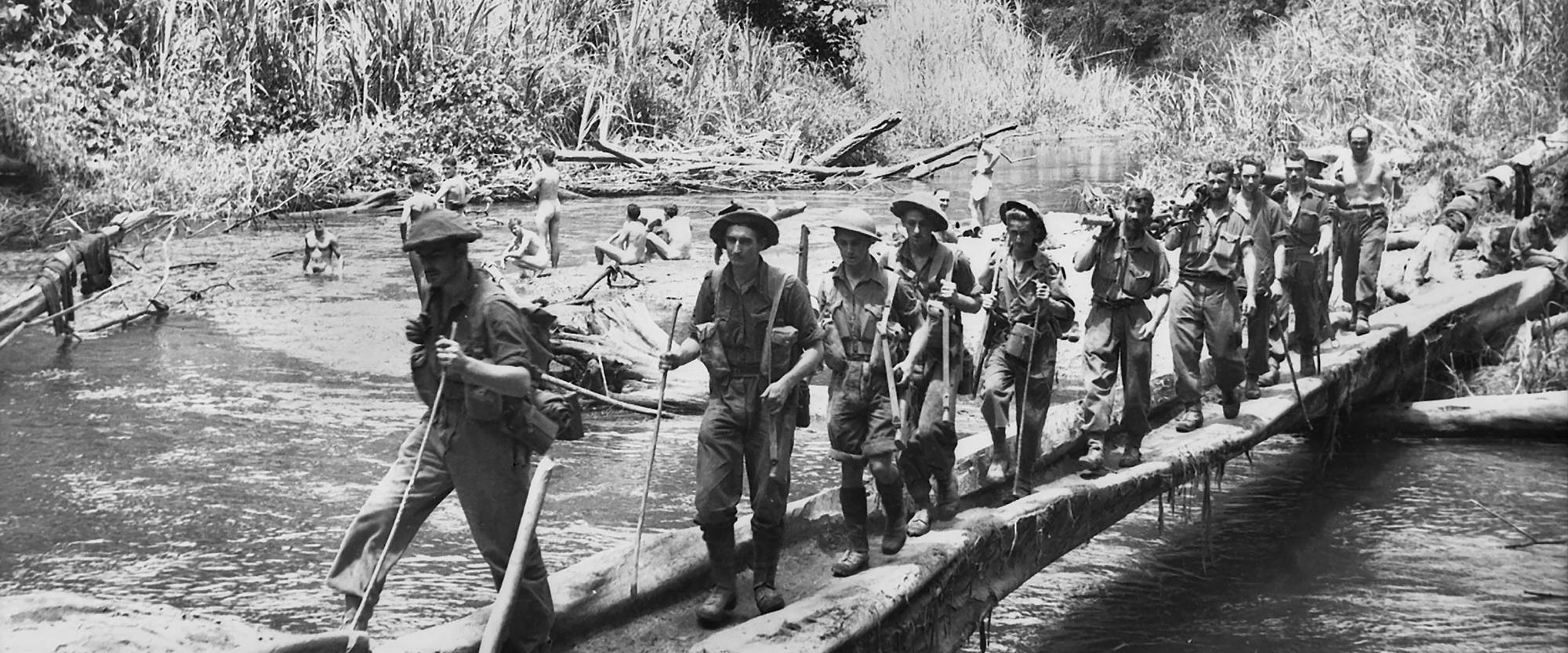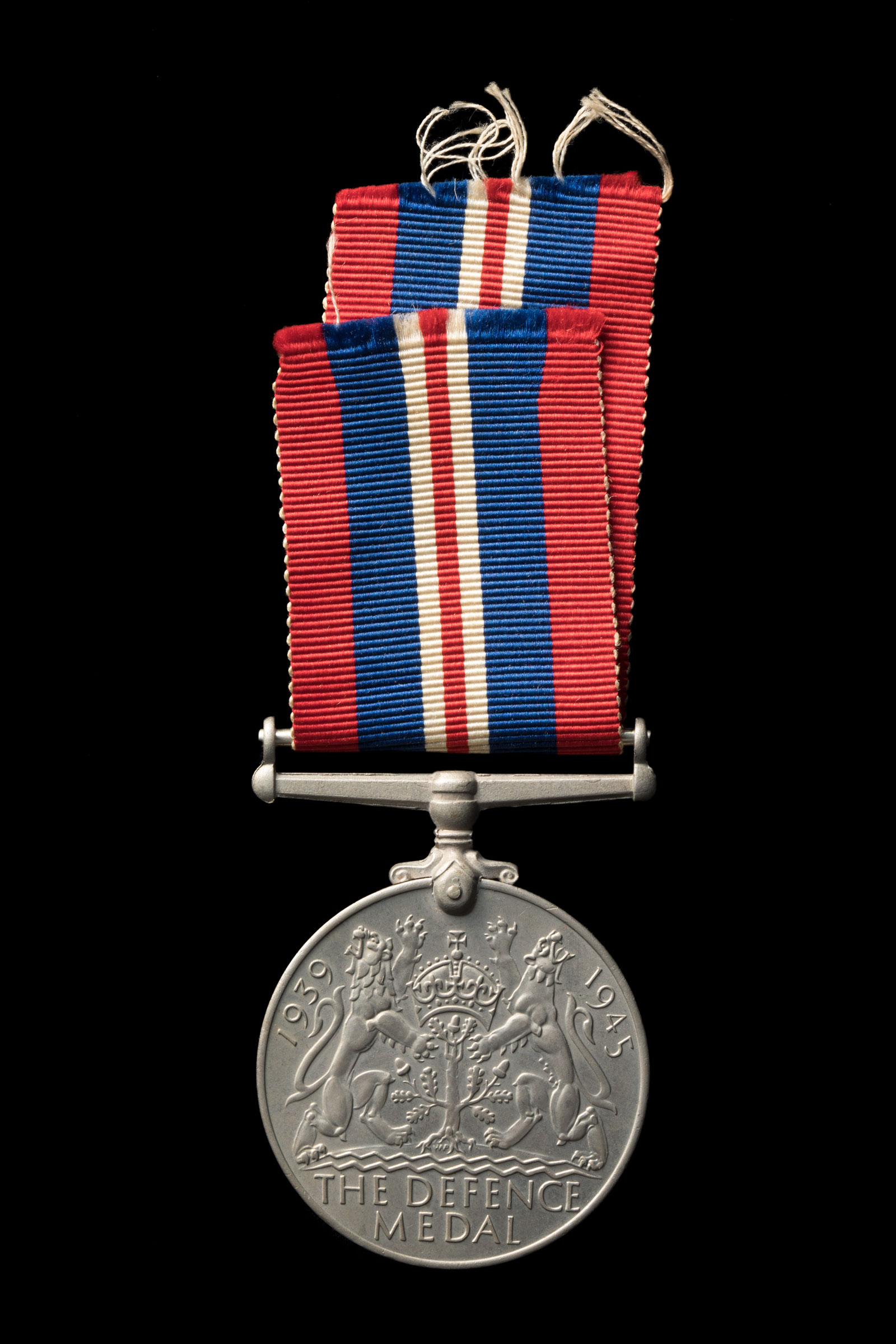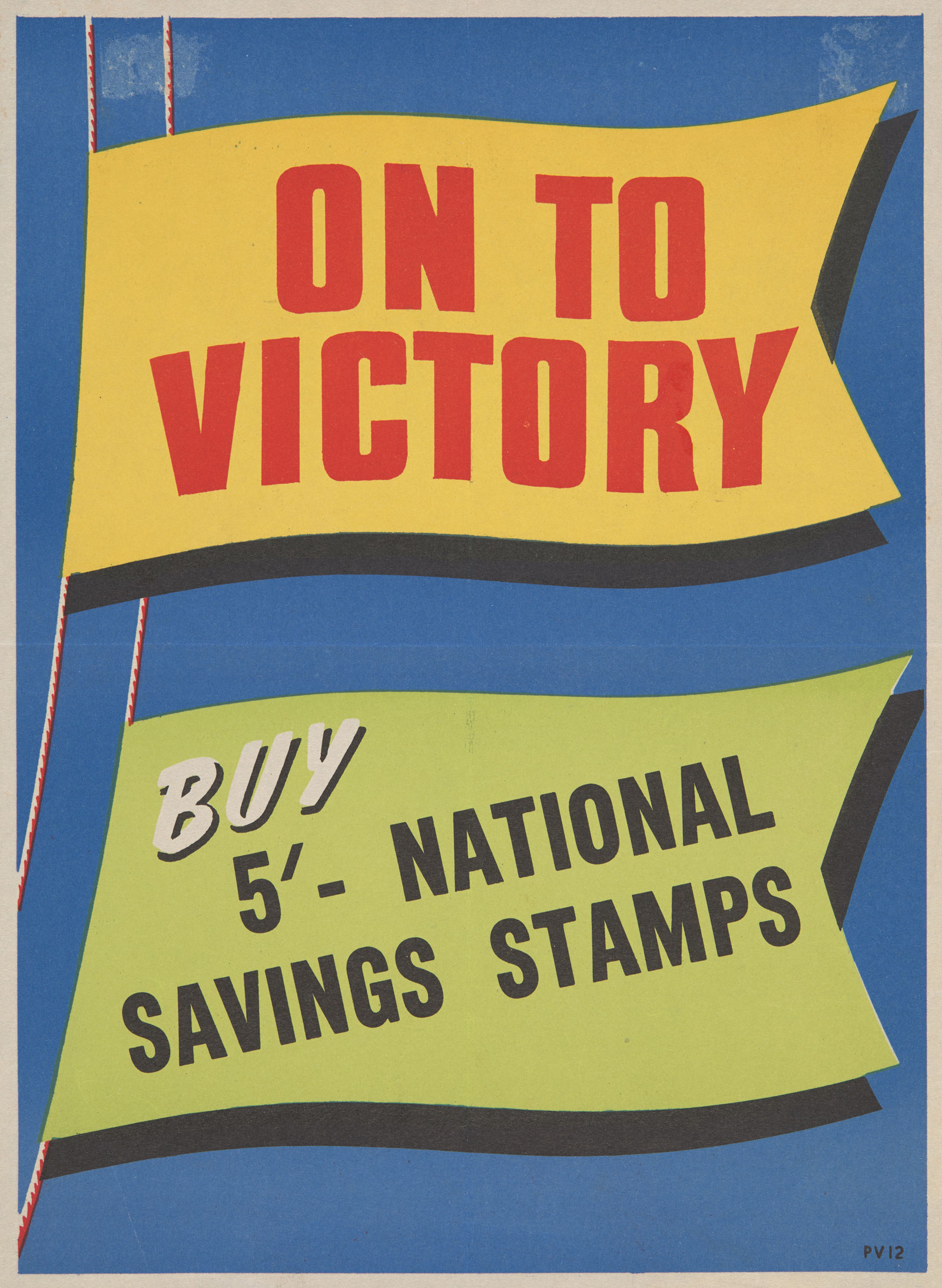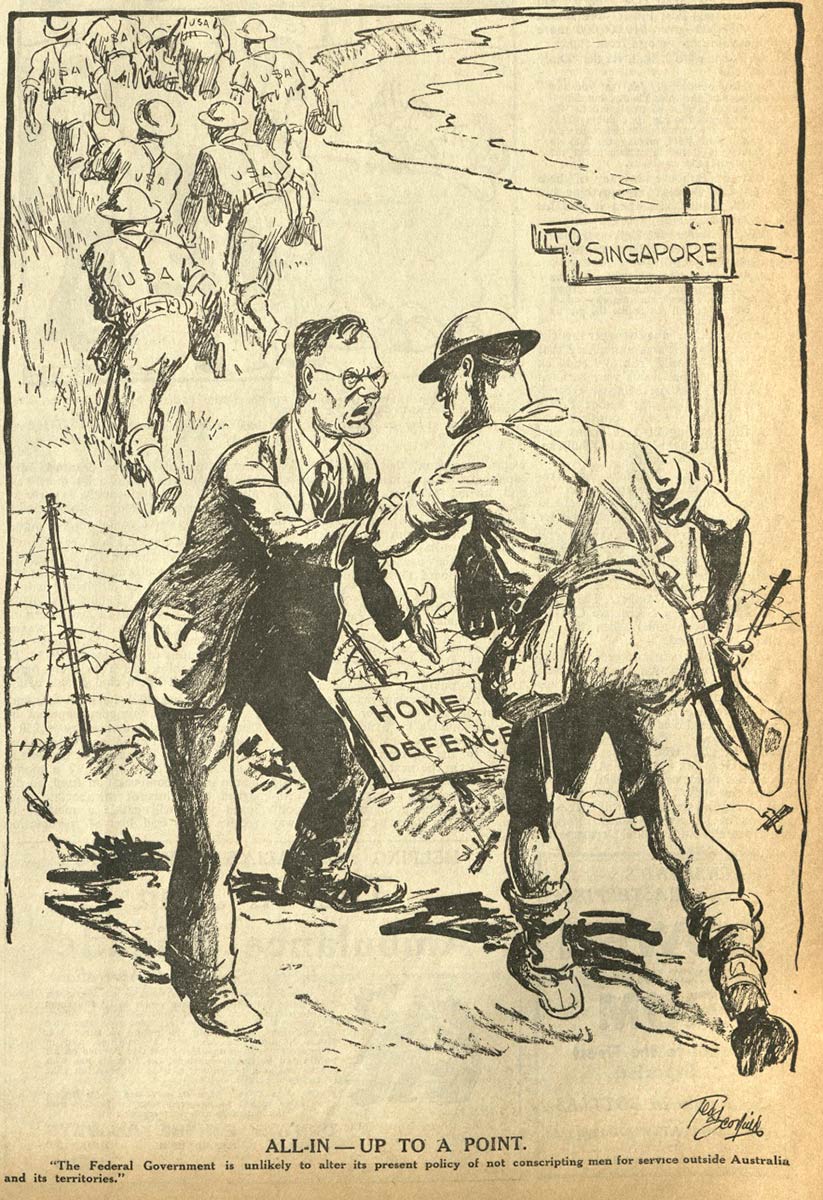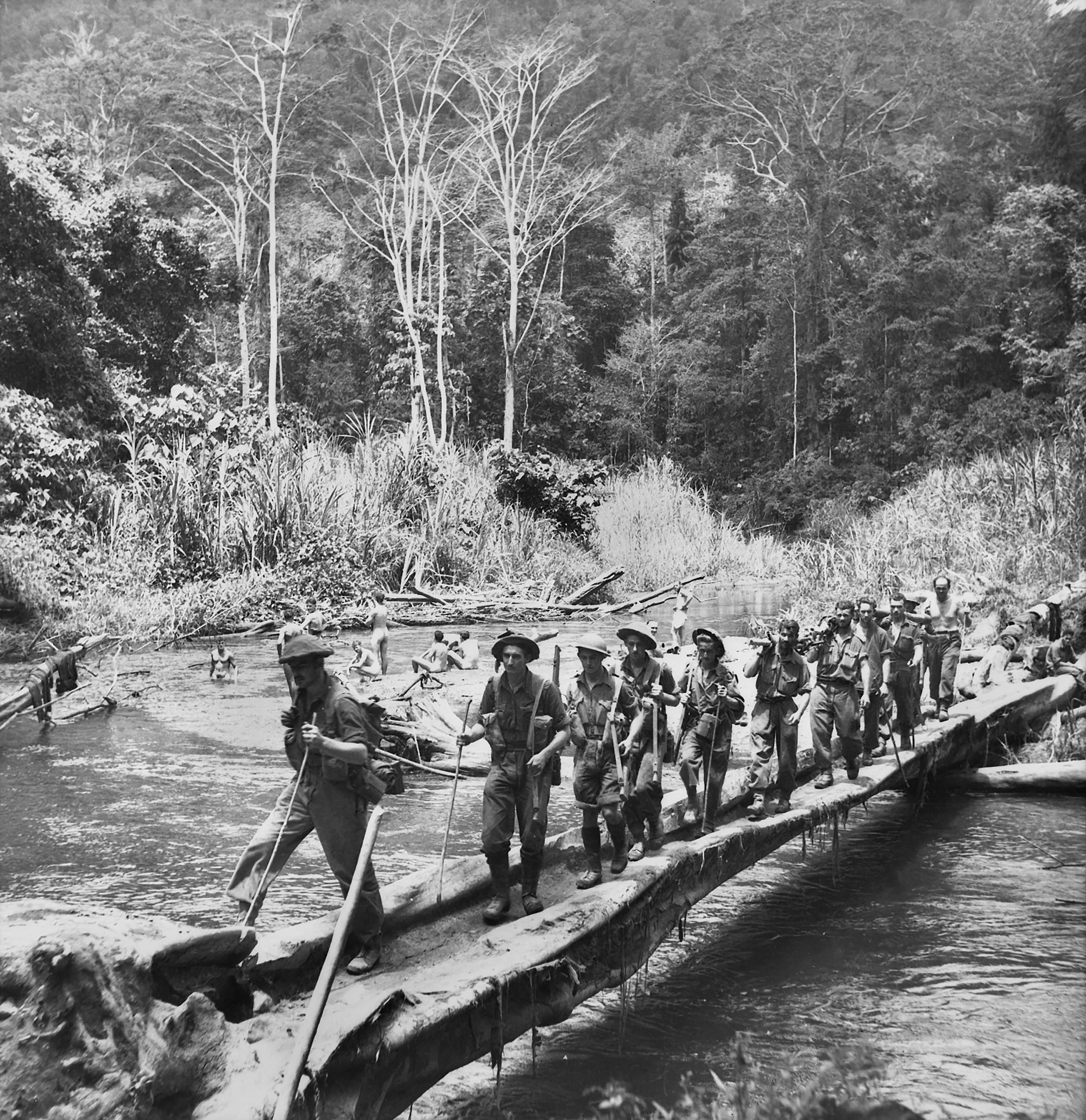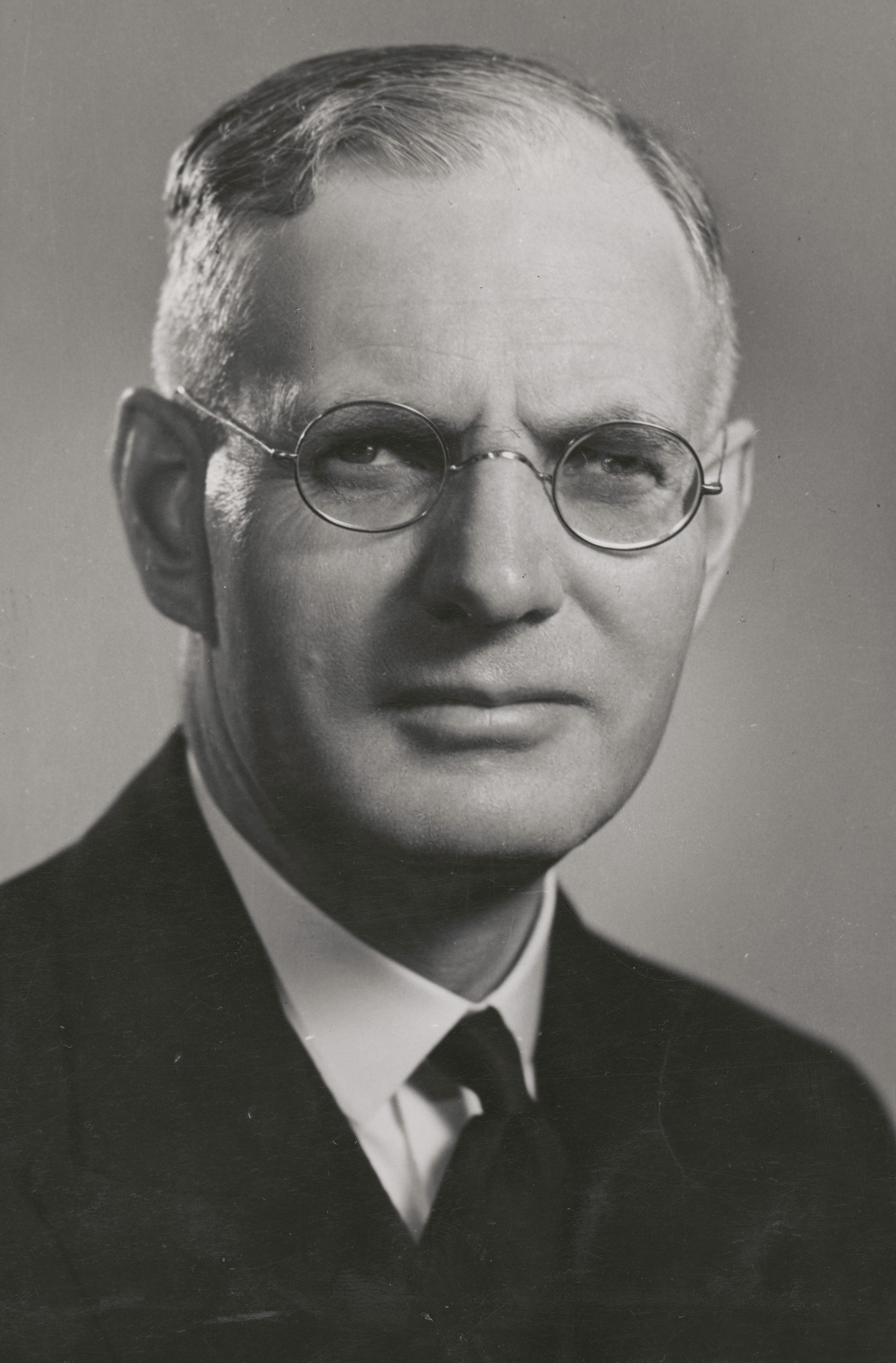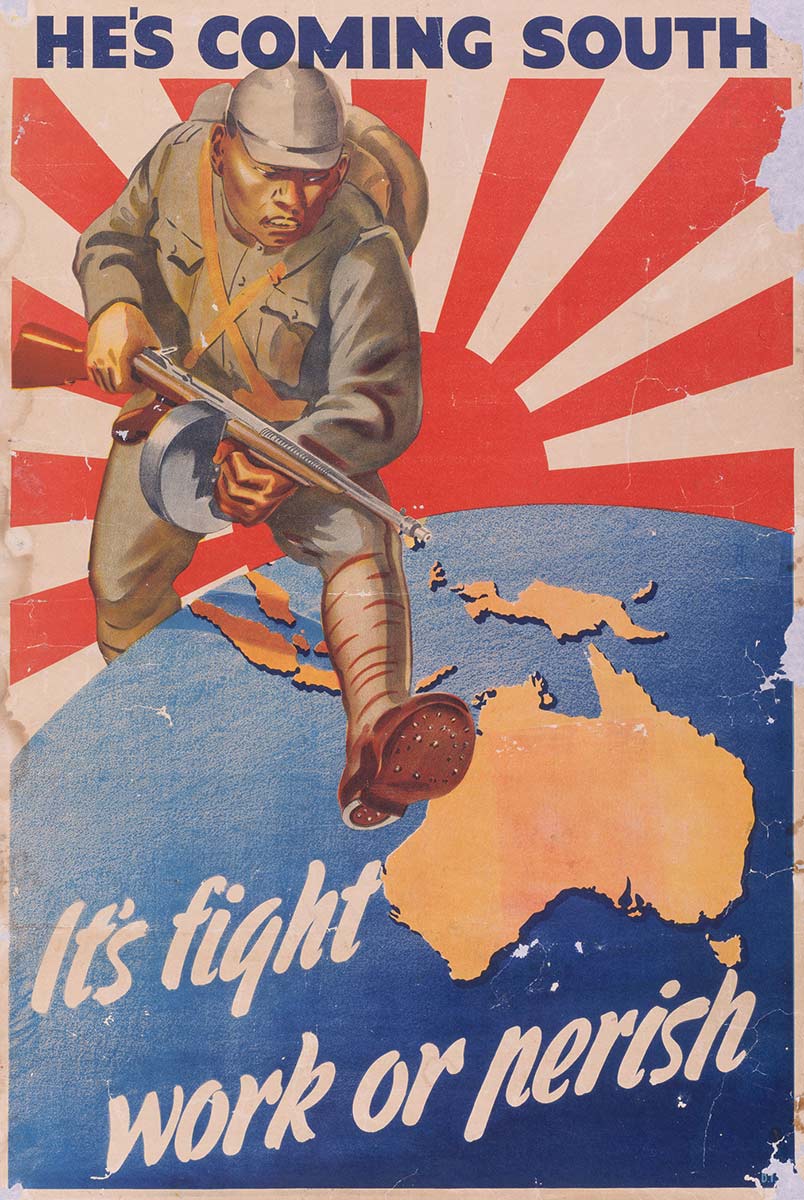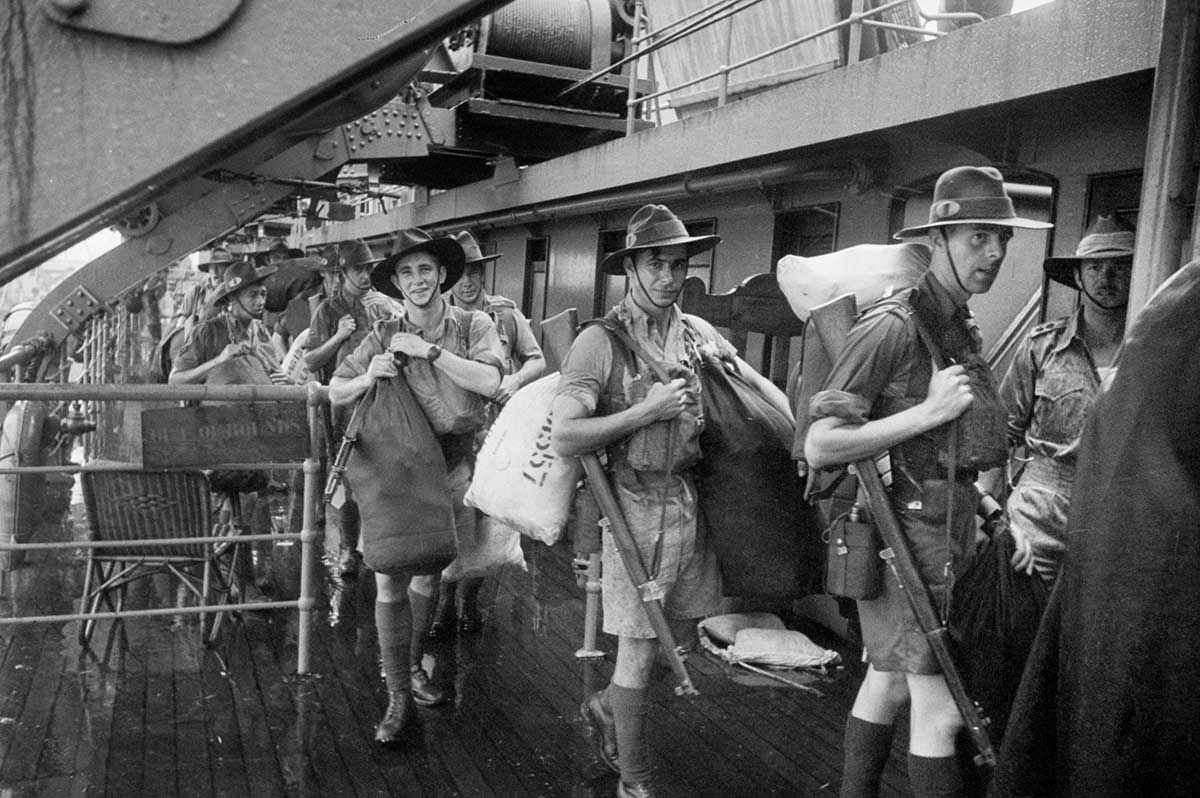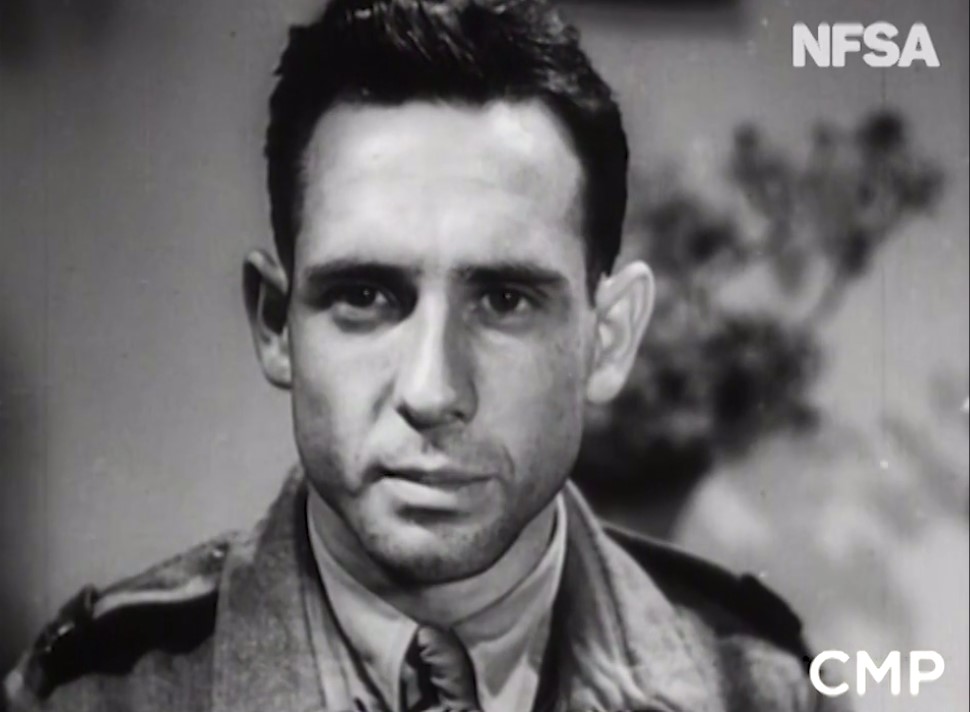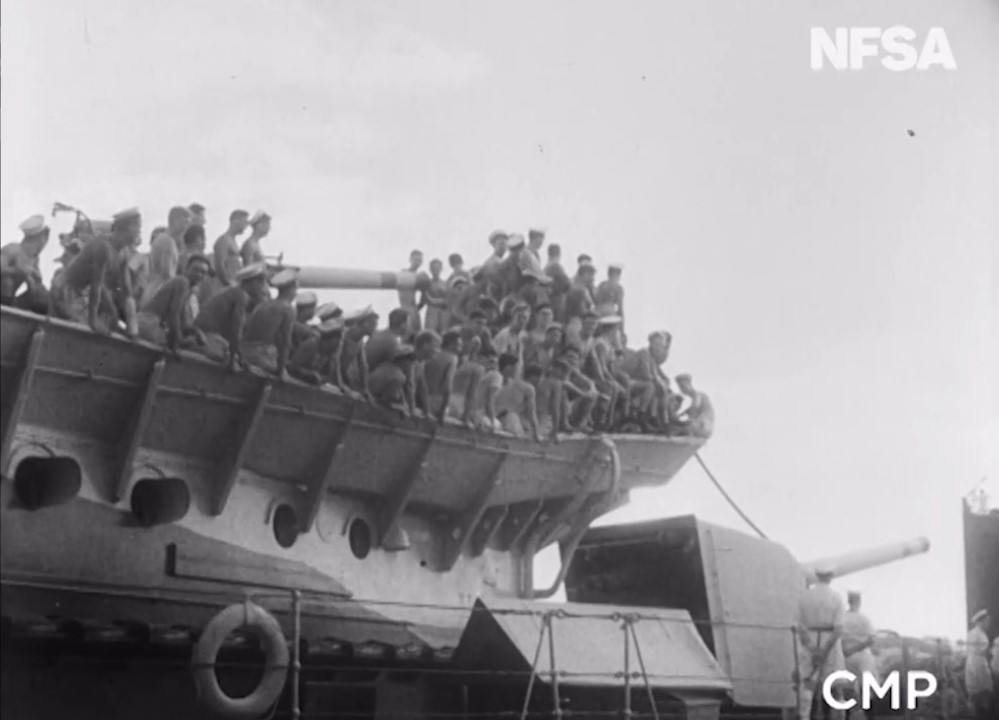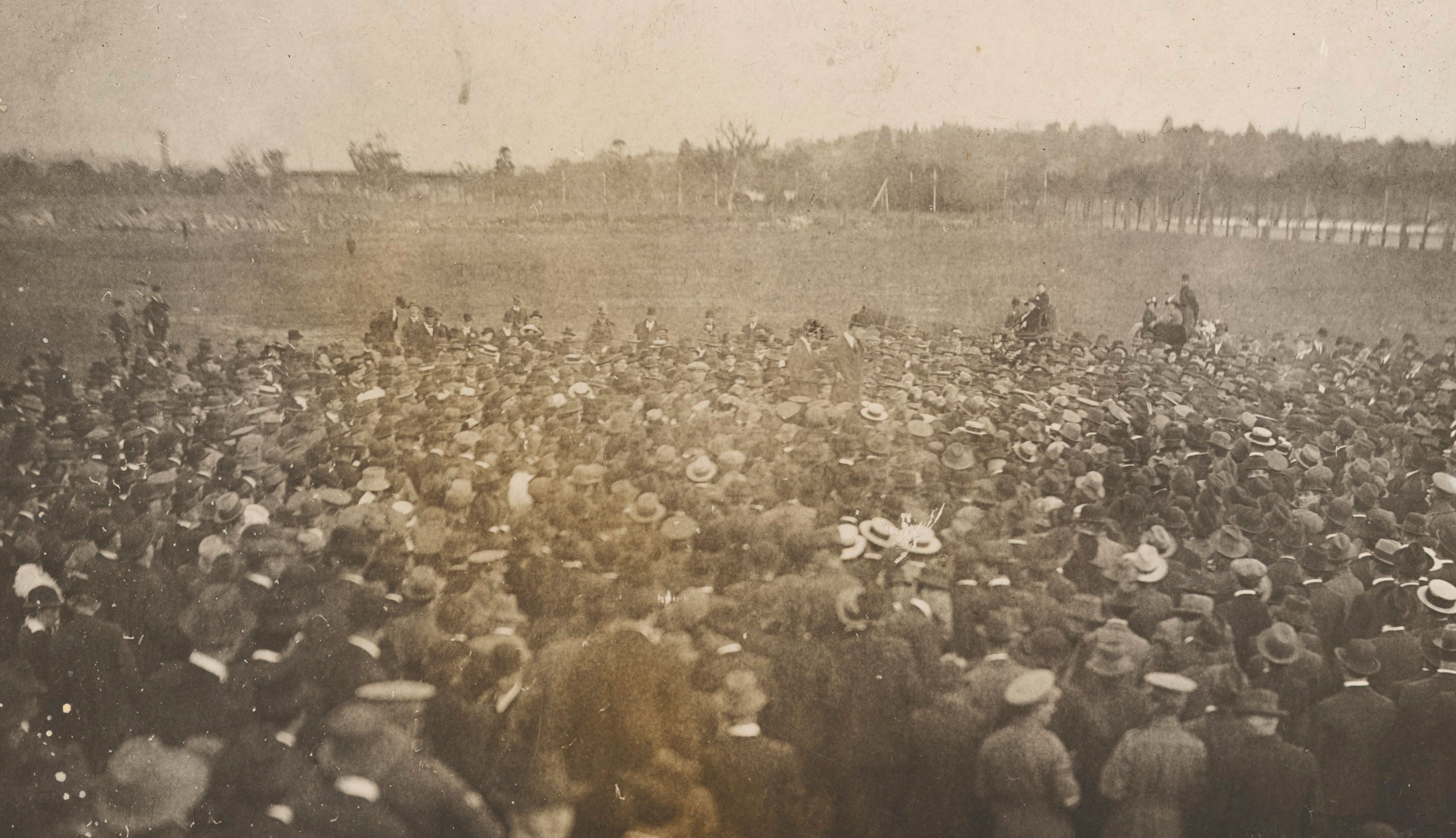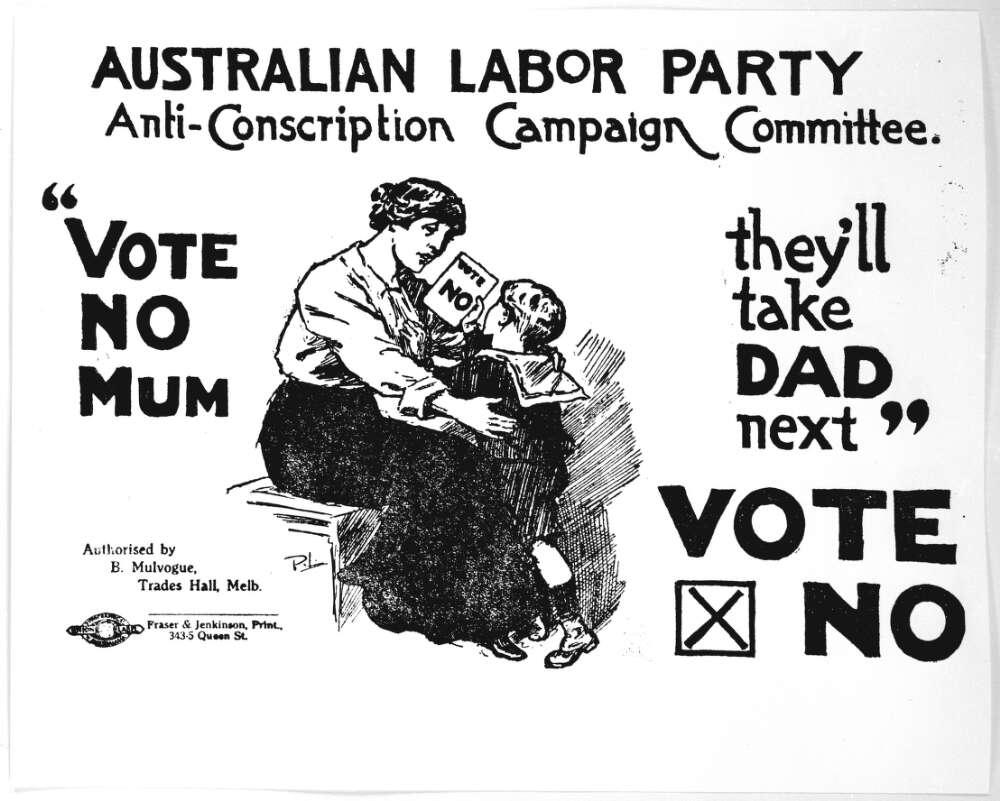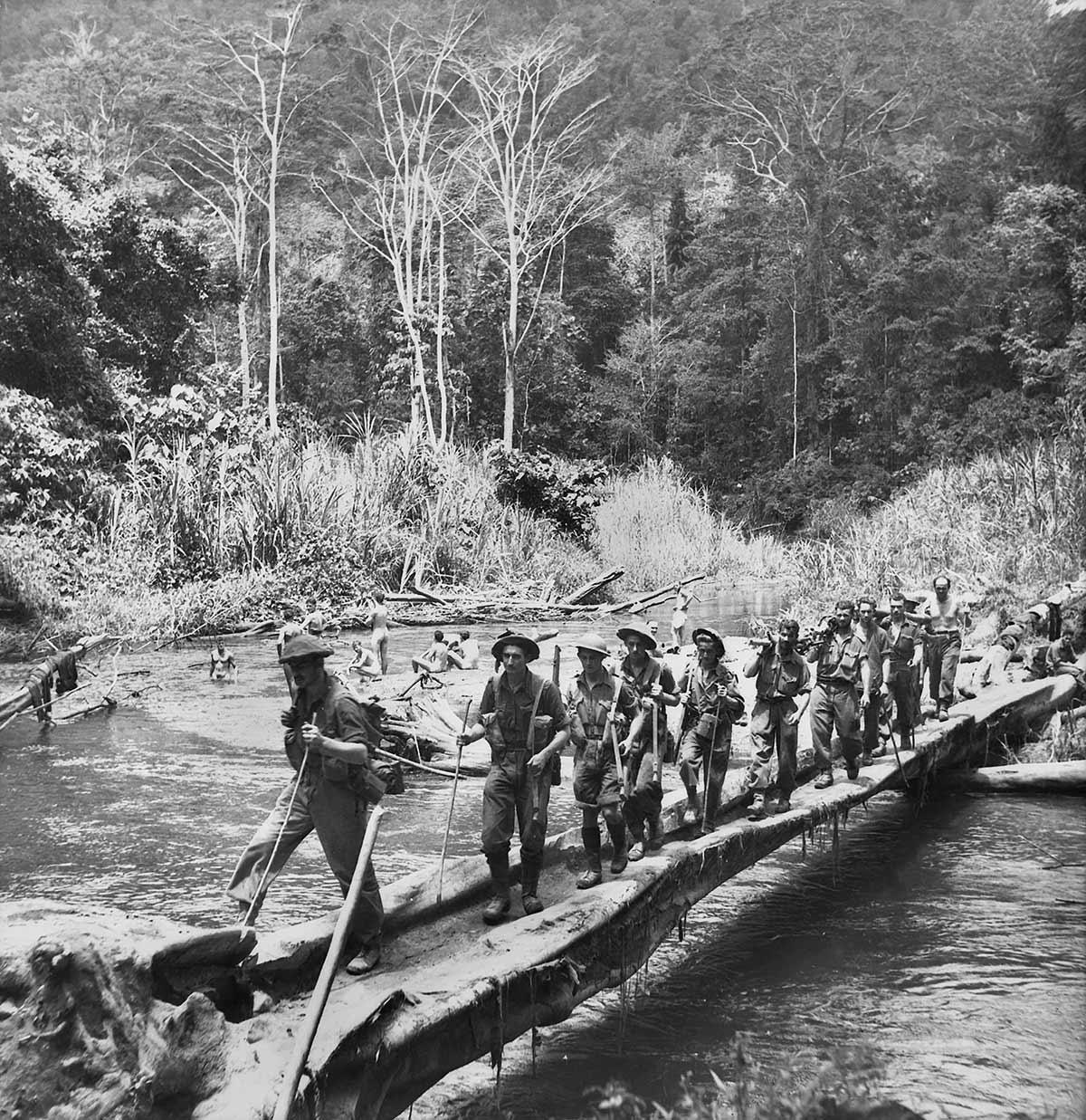‘Chocolate soldiers’
1943: Second World War conscription
‘Chocolate soldiers’
1943: Second World War conscription
In a snapshot
The Second World War was the first time that Australian soldiers were conscripted to fight. When the war broke out in 1939, conscription — compulsory military service — was introduced in a limited form. Those who were conscripted joined the Citizen Military Forces (CMF). The CMF were not required to fight beyond Australia and its territories, which at that time included Papua and New Guinea. In February 1943 as the war in the Pacific intensified and the fear of a Japanese invasion of Australia increased, Prime Minister John Curtin passed legislation that required the CMF to fight in additional parts of the Pacific.
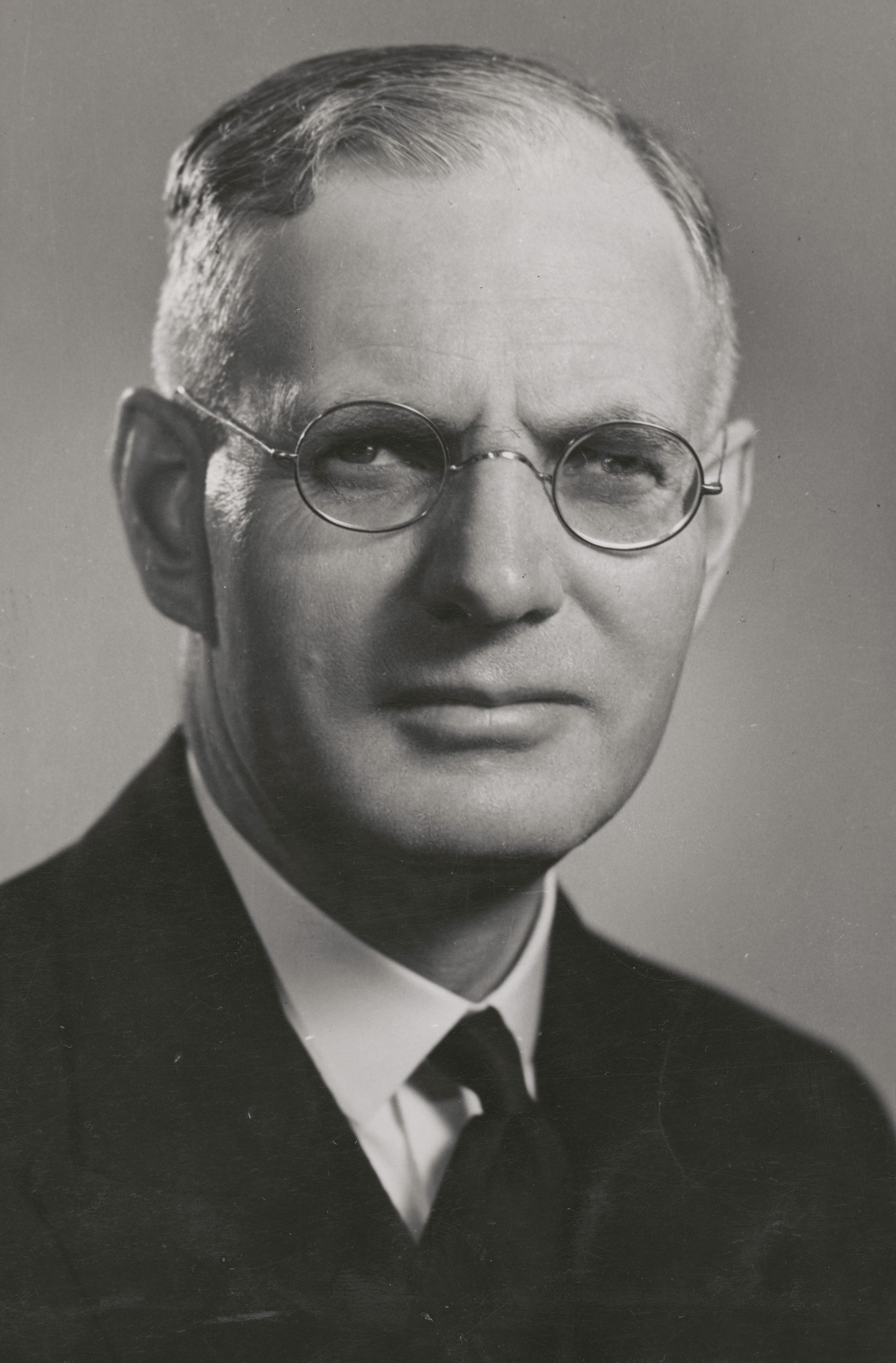
 Can you find out?
Can you find out?
1. Why do you think some members of the Australian Imperial Force (AIF) looked down on members of the Citizen Military Forces (CMF)?
2. In which famous battle did AIF and CMF soldiers fight alongside one another?
3. Which Australian prime minister introduced conscription during the Second World War?
How had Australia dealt with conscription before the Second World War?
Not long after Federation the Australian Government passed the Defence Act 1903. This Act allowed the government to conscript men into the armed forces to defend Australia in the event of a war. But it did not allow for men to be conscripted to serve overseas.
In 1911 the Australian Government introduced compulsory naval or military training for all men between the ages of 12 and 60. Men over 18 had to join the Citizen Military Forces (CMF), which also included some volunteers. Still, men could not be forced to serve overseas. This compulsory training scheme was abolished in 1929.
During the First World War (1914–18), the Australian Government attempted to introduce conscription for overseas service. Two referendums were held (in 1916 and 1917), but both times the majority of Australians voted ‘no’.
How did Australia build its armed forces during the Second World War?
When war broke out again in 1939 Australia was unprepared. Australia had only 3000 men in its army. The Royal Australian Navy had some modern ships, but the Royal Australian Air Force didn’t have very modern aircraft.
The government began to recruit volunteers for the Australian Imperial Force (AIF), who could be sent to serve overseas. Many served in North Africa, Greece, the Syria–Lebanon campaign and in the Pacific.
Research task
Do some additional research into conscription around the world. Did any other countries use conscription during the Second World War? Do any countries use conscription (sometimes known as compulsory military service) today?

At the same time, Prime Minister Robert Menzies announced that compulsory military training was being re-introduced. From 1 January 1940 men turning 21 had to undertake three months’ training with the CMF. Once again, these conscripts could not be forced to serve beyond Australia and its territories. Importantly, Papua and New Guinea were Australian territories at this time.
The Australian government had essentially created two armies: the AIF and the CMF. The AIF considered itself to be elite and some members looked down on the CMF, describing the CMF troops as either ‘chocolate soldiers’ (who would melt in the heat of battle) or ‘koalas’ (protected animals that could not be shot at or exported).
In July 1942 the seven-month Kokoda Trail campaign began in the Australian territory of Papua. AIF and CMF soldiers fought alongside each other. During the campaign more than 600 Australians were killed and 1680 were wounded.

How was conscription for overseas service introduced?
In October of 1941 John Curtin replaced Robert Menzies as Prime Minister of Australia. Curtin had opposed conscription in the past, but by the end of 1942 he believed that the CMF should be made to serve overseas. Partly this was because fewer Australian men were volunteering to fight with the AIF. Curtin also believed that sending more troops overseas would impress Australia’s British and American allies.
Curtin’s Defence (Citizen Military Forces) Act 1943 passed in February of 1943. The Act meant that CMF conscripts could be forced to fight in other areas of the Pacific including east Java, southern Borneo, Dutch New Guinea and other islands up to the Equator. There was little public opposition to the Act. Conscription of Australians for overseas service ended with the end of the Second World War.
‘In order to wage war effectually, there has to be … a determination on the part of the people to pledge themselves to the cause because the cause, when won, will have been worth the winning.’
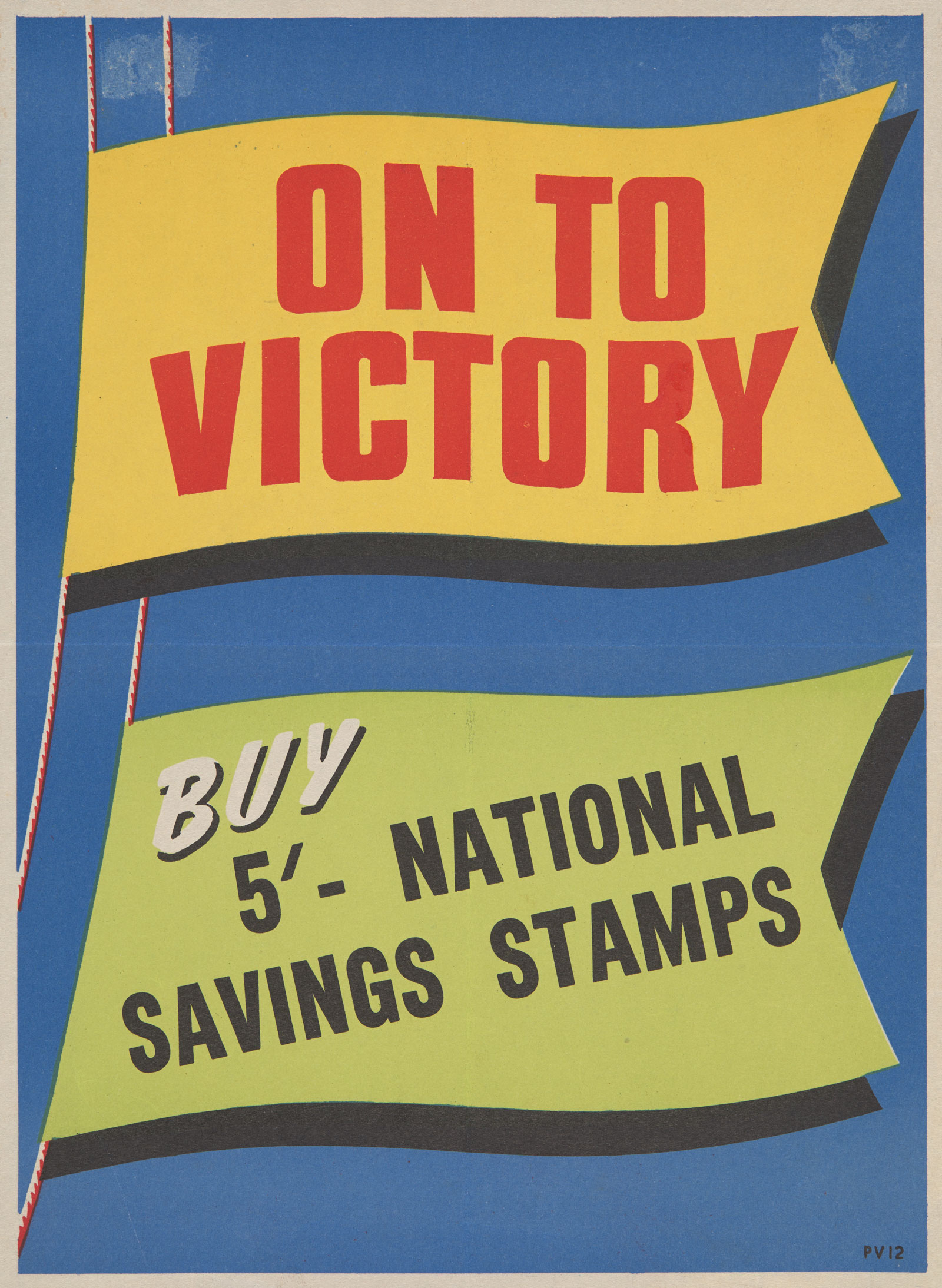
Has Australia used conscription since the Second World War?
The Australian Government introduced compulsory military training again in 1951, during the Korean War, but it was abolished eight years later.
A new national service scheme was controversially introduced in 1964, and in 1965 Australia sent conscripts to fight in the Vietnam War (1964–75). This was abolished in 1972. Compulsory military training or service has not been brought back in since.
Read a longer version of this Defining Moment on the National Museum of Australia’s website.
 What did you learn?
What did you learn?
1. Why do you think some members of the Australian Imperial Force (AIF) looked down on members of the Citizen Military Forces (CMF)?
2. In which famous battle did AIF and CMF soldiers fight alongside one another? Where did this battle take place?
3. Which Australian prime minister introduced conscription during the Second World War?






